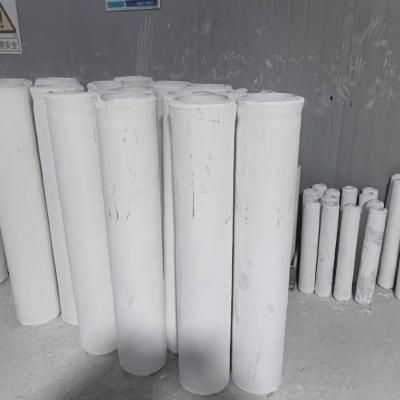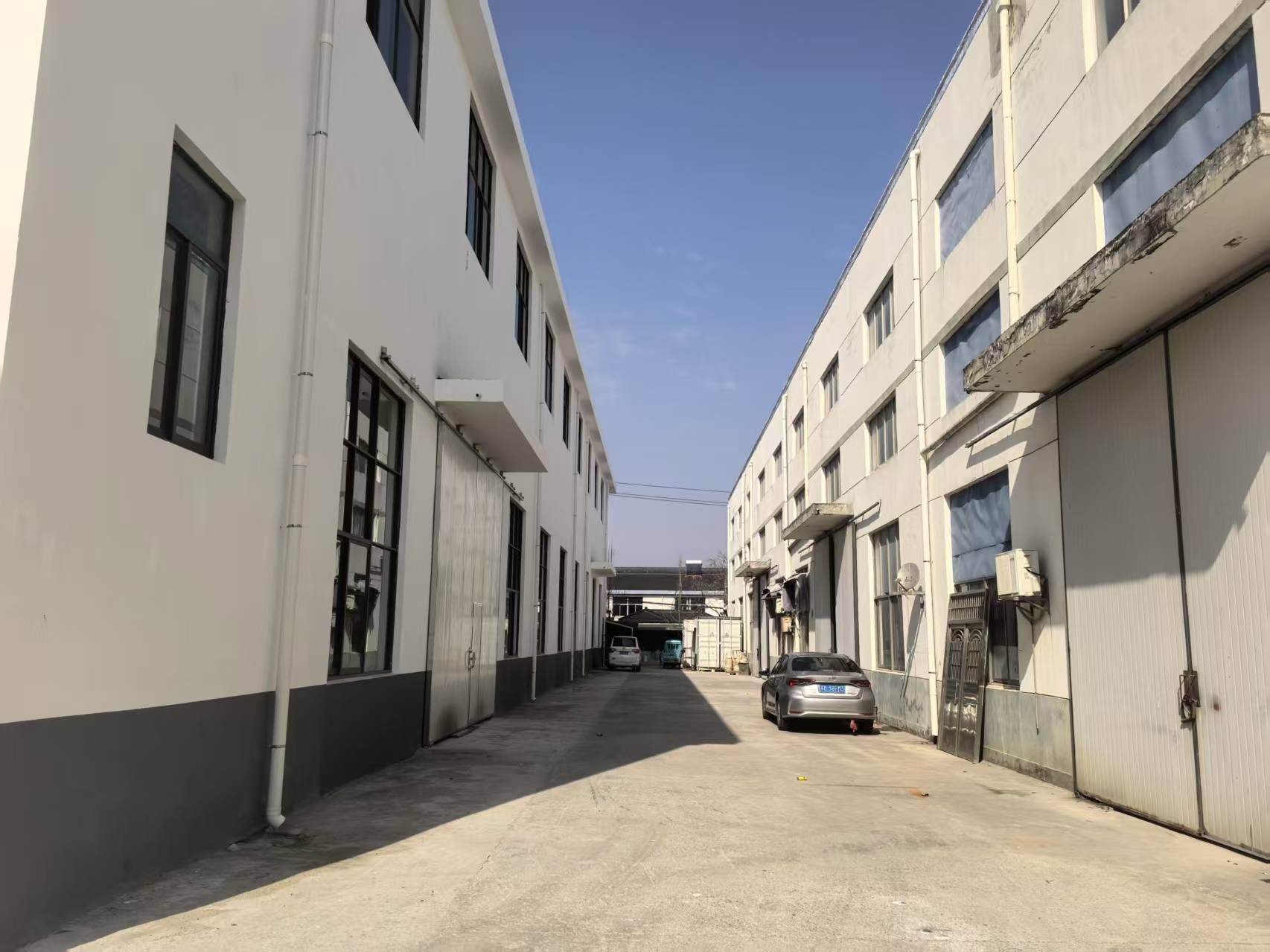
Industrial product possess exceptional molecular features, making them preferable for a extensive series of operations. Deriving from astronautical and vehicles to tech hardware, these substances are incessantly developing to cope with the demands of a current landscape.
- Their hardness and defense to severe conditions make them pivotal for superior components.
- Also, technical ceramics supply edges in terms of lightweighting, promoting the improvement of leading-edge solutions.
Constructing Composites: Designed for Remarkable Quality
Developed ceramics thrive in demanding applications due to their exceptional attributes. Engineered from exclusive raw compounds and going through exacting processing approaches, these high-tech elements demonstrate exceptional strength, dulling resistance, and endurance to demanding climatic conditions, chemical attack, and chafing. From aeronautics units to cutting tools, industrial ceramics furnish exceptional performance across numerous fields. Their versatility allows withstanding harsh circumstances, affirming endurance and consistency. As progress progresses, the market for cutting-edge components grows, cementing the key position of industrial ceramics in shaping a robust tomorrow.
Cutting-Edge Ceramics: Pushing Component Confines
Ceramics, manifesting outstanding toughness and durability, are in the midst of a reformation. Pioneering ceramics, designed with refined control over their blend and small-scale texture, transcending the constraints of what is feasible. These substances exhibit a wide assortment of characteristics, designating them best suited for critical applications such as flight, healthcare, and energy. From slim parts that persist through extreme warmth to compatible with living tissue implants that join perfectly with the biological system, advanced ceramics are transforming our context.
Fine Ceramic Crafting: Meeting Specialized Standards
Engineered ceramic fabrication has improved remarkably in recent epochs, allowing the formulation of detailed and highly workable ceramic elements. These parts are vital across a inclusive range of markets, including aeronautics, medical, and electrical domains. Attaining the specialized benchmarks for these applications calls for detailed fabrication techniques that provide for dimensional rightness, surface finish, and material qualities. Contemporary ceramic fabrication processes utilize numerous methods, including slip casting, injection molding, and additive manufacturing. These tactics enable the fabrication of sophisticated shapes and detailed features with supreme repeatability. Equally important, advances in material studies have yielded new ceramic recipes endowed with advanced aspects. These structures innovate increased endurance, persistence, and tolerance to demanding environmental conditions, empowering their use in specialized sectors.
The possibilities for precise ceramic fabrication are enormous. As examinations and improvement go forward, we can predict even more complex tactics and ceramics that will also push the confines of what is feasible in this domain.
High-Strength Ceramic Materials for Extreme Realms
High-tech ceramic substances offer extraordinary fortitude and tolerance against inimical situations, making them favored for rigorous uses in power fields. These cutting-edge ceramics can endure severe warm loads, oppose decay, and maintain their efficiency under high physical impacts. Their unmatched lattice features make possible dependable performance in severe situations, including hot environments, turbines, and energy generators.
- Ceramic composites
- Heat tolerance
- Mass reduction
Hybrid Materials: Synthesizing Hardness and Usefulness
Alloyed ceramics exhibit a effective mix of mechanical hardness and distinct specialized traits. Through the fusion of ceramic units within a foundation, these composites achieve exceptional performance. This fusion results in heightened protection against high hotness, wearing, and chemical degradation, rendering them appropriate for demanding uses in aeronautics, transportation, and energy areas. Furthermore, ceramic composites can be personalized to possess individual properties like electrical conductivity or biocompatibility, broadening their utility across diverse arenas.
Atomic Regulation in Innovative Ceramics
Reaching expected qualities in innovative ceramics often entails fastidious governance over their microarchitecture. Various fabrication criteria, including sintering temperature, period, and atmosphere, alongside the mixing of dopants or ancillary phases, importantly affect the structure of clusters, absorption, and other microstructural specifications. Fastidious modification of these factors allows for the optimization of resilience, splitting resistance, and temperature conductivity. Namely, boosting the sintering temperature can promote grain development, thus increasing compactness and improving mechanical effectiveness. Conversely, controlling the firing atmosphere may alter the oxidation mode of the ceramic, thereby influencing its electrical transfer or magnetic specs. Perceiving these relationships between microstructure and properties is vital for designing advanced ceramics with fine-tuned features suitable for varied functions.
Wear-Resistant Ceramics: Fortifying Robustness
During stringent engineering sectors, where items are affected to constant scuffing and wearing, materials with remarkable abrasion resistance are decisively required. Wear-resistant ceramics have come forth as a top remedy, affording unparalleled toughness and functionality in multiple sectors such as assembly, mining, and aerospace. These high-tech substances possess a singularity internal formation that builds up their ability to defy wear. By exploiting the built-in resilience and compression of ceramic compounds, engineers can craft durable items capable of weathering the most inimical operating situations.
Healthcare-Oriented Ceramics: Uses in Medicine
Health-safe ceramics have revolutionized the medical field, yielding an array of advantageous peculiarities for extensive roles. These substances are chemically neutral within the living system, minimizing immune responses and fostering wound closure. A prime role for biocompatible ceramics is in bone fixation devices, where their strength sustains long-lasting hold to damaged biological tissues.
Furthermore, they are exploited in dentistry, offering a strong and visually appealing solution for tooth replacement. Ceramics also maintain a key role in drug delivery systems, granting the targeted dispensary of medication to specific points within the biological makeup.
- Furthermore, biocompatible ceramics are steadily being studied for wound care, serving as a platform for wound healing.
- Thus, the path forward of biocompatible ceramics in healthcare looks encouraging, with continual efforts expanding their roles.
Advanced Ceramic Sensors: Boosting High-Precision Measurements
Precision ceramic instruments have developed as crucial alumina rod modules across a varied array of markets. These apparatuses employ the incomparable qualities of ceramic elements to deliver highly trustworthy quantifications. Their durability in {demanding|harsh| 